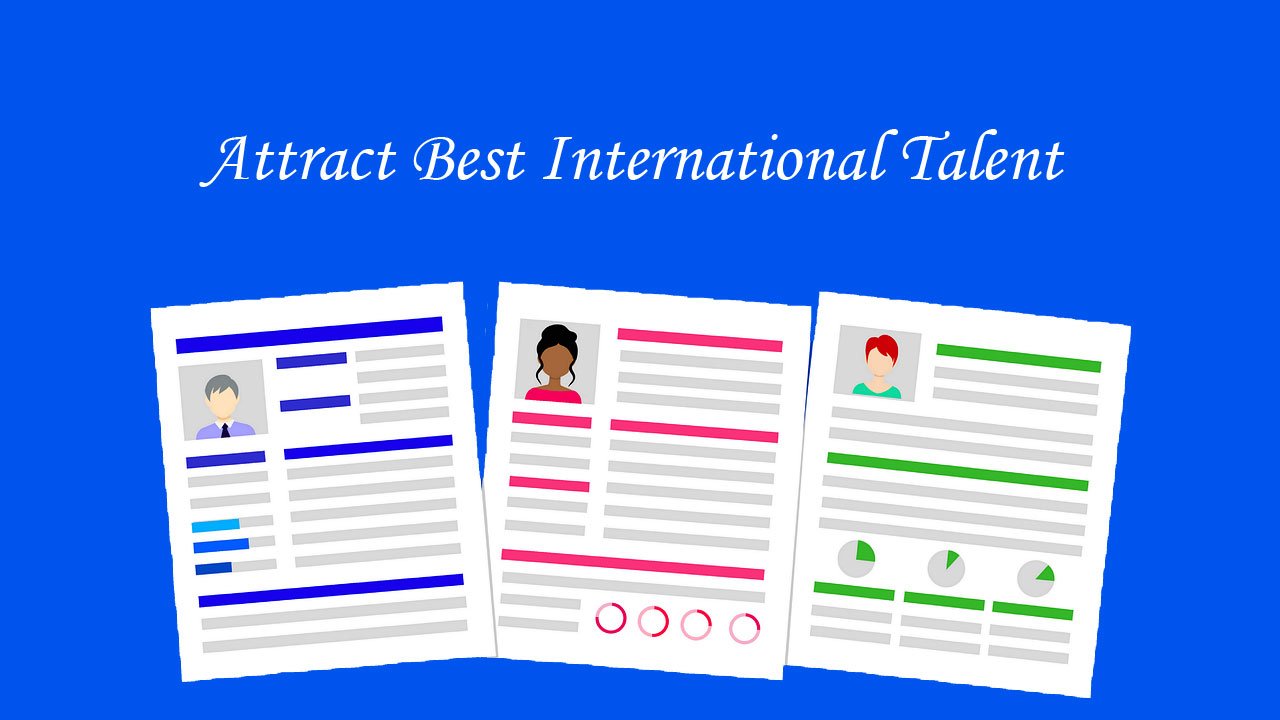How to Choose the Right SaaS Product Pricing Models
In SaaS product development, making the right decision to choose the right pricing models for SAAS products is critical for the success and financial gains of your enterprise.
The pricing strategy can influence customer procurement, revenue generation, and overall growth drastically.
In this comprehensive guide, we will examine a range of SaaS pricing models and offer guidance to assist you in making a well-informed decision.
No matter if you’re rolling out a new SaaS product or contemplating shifting your pricing model, this guide serves as an essential guide for your success.
Popular SaaS pricing models:
As we’ve understood the concepts followed while doing pricing for SaaS models, let’s dive into this sub-section to explore the most popular SaaS pricing models used universally:
a) Flat-rate pricing
Flat-rate pricing can be an enticing pricing model for customers, who are promised access to an array of features, all packaged in a single, fixed annual, or monthly fee. This model is suitable for products whose value is instantly recognizable and whose features are limited in number yet packed with potential.
b) Tiered pricing
Tiered pricing offers a medley of packages and tiers which differ in terms of features, functionality, and usage limits, thus allowing customers to choose the package that is best suited to their individual needs and budgets.
With this model, customers are given an assortment of choices that are tailored to fit their ever-changing needs. They can select the package that best matches their requirements in terms of features, functionality, and usage limits.
With this customization, customers are granted the opportunity to pick the best package suited to their individual needs, ambitions, and financials. This tiered pricing system offers a variety of packages that are priced to satisfy a range of customers.
By offering tiers that range from budget-friendly to premium, all customers are given the opportunity to find the appropriate package to fit their individual needs.
c) Usage-based pricing
With usage-based pricing, businesses leverage the power of a unique billing model that charges customers based on the extent of their usage of the SaaS product.
Evidently, this billing model—which contemplates metrics such as data storage, API requests, etc.—represents a considerable degree of flexibility for customers, particularly in terms of taking advantage of optimal scalability. This further provides businesses with an array of advantages, which up their competitive edge in the market.
d) Per-user pricing
Per-user pricing is an innovative approach to charging customers based on the number of possible users accessing the cloud-based product. This model is especially well-suited for collaboration tools which are designed to be used by multiple people, and often preferred by small-to-medium-sized businesses due to their predictability. Not only does it offer peace of mind in terms of costs, but it has the potential to foster growth within an organization as more individuals are able to contribute to the experience.
e) Freemium model
The freemium model presents users with a tantalizing opportunity – access to a basic SaaS product completely free of charge. Doing so, allows potential customers to get a taste of the product’s value and helps them decide if a paid subscription is the right choice.
Plus, with its intricate complexity and diverse variations of sentences, the freemium model is an effective means of customer acquisition. It allows consumers to dip their toes in the product before taking the plunge into a paid plan and is a great way to get them hooked.
Here are the factors you should consider when choosing a pricing model
Now that we’ve understood the types of pricing models used in SaaS, let’s proceed further to understand how to choose the right type of pricing model for SaaS product from the aforementioned factors:
a) Target market and customer segmentation
To attain success in the market. It is vital to possess an extensive understanding of both your target market and its distinct customer segments. The identification of customers’ expectations, needs, and price sensitivity holds great significance as it allows for the development of a customized pricing strategy designed specifically for these unique specifications. An exhaustive analysis of customer preferences will empower you with the ability to select an appropriate pricing model that resonates with their perception and goals.
b) Competitor analysis
In order to improve your competitive pricing strategy, always start by analyzing the competitor pricing models to get your hands on the most essential insights.
Research different strategies to enhance the value of your pricing models and to ensure that potential gets driven towards it. However, one should always monitor the market norms to ensure that your SaaS pricing is competitive and capable of making your business stand out from the crowd.
c) Experimentation and iteration
When it comes to pricing, don’t be afraid to be bold and daring. Branch out and experiment with different pricing models. Listen carefully to customer feedback as well as analyze the market response to your pricing strategy and refine it accordingly. It is essential to frequently reassess and upgrade your pricing tactics to take maximum advantage of it and to satisfy customers.
Synopsis
Every successful SaaS product that we’ve ever seen to date stands alone from the noise because of its pricing model.
Instead of cutting corners, one should always consider factors such as targeted market, value offering, scalability, and researching the competition, to make an informed decision that also aligns well with your business goals.
Therefore, it is always crucial to keep in mind when you choose the right pricing models for SAAS product, that SaaS pricing is a continuously evolving process that changes rigorously with time.
In order to ensure a healthy balance between complexity and variety, the pricing model must incorporate perplexity and burstiness.
Utilizing this technique, businesses in SAAS product development can achieve optimal customer satisfaction and profitability.





